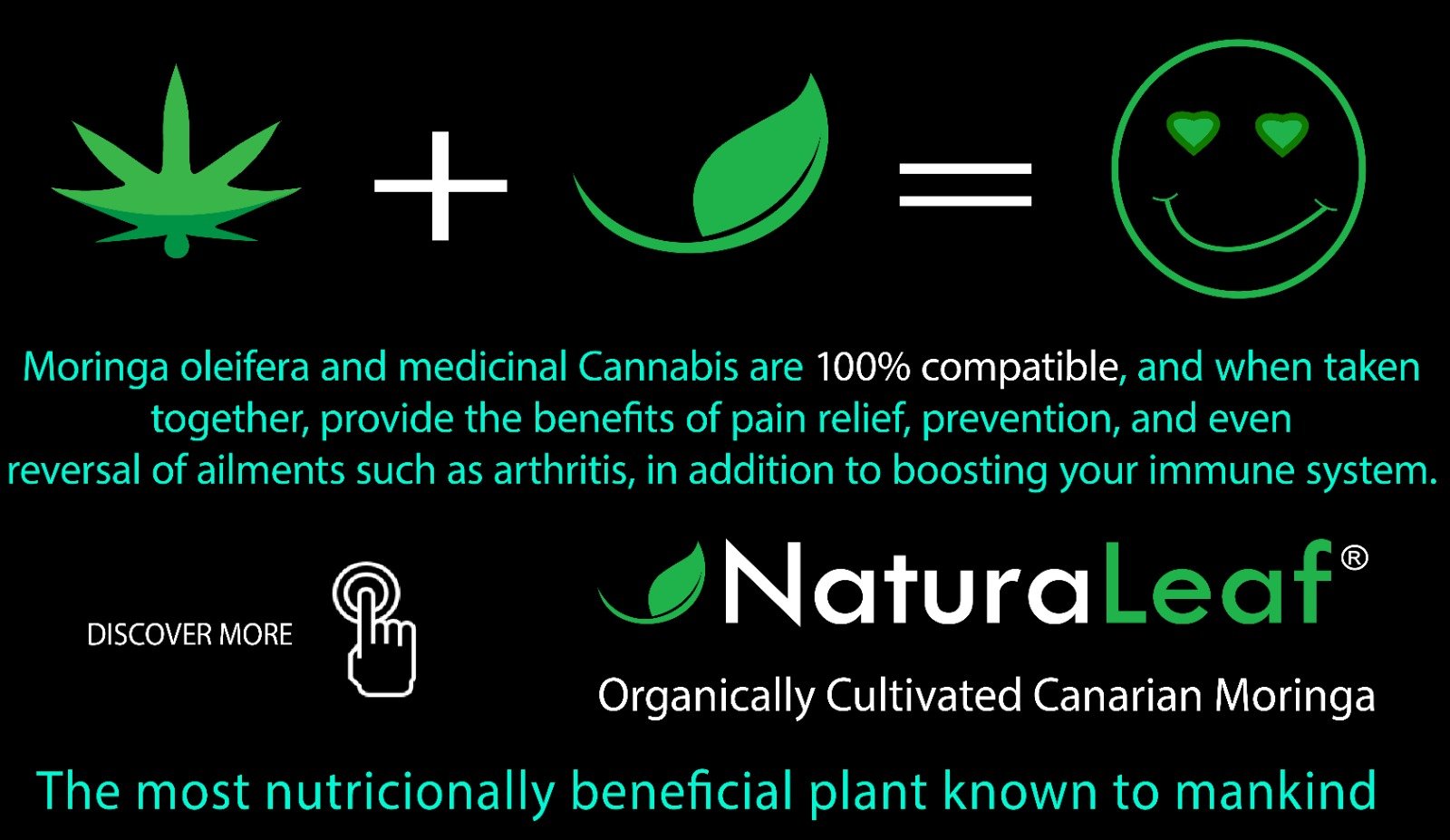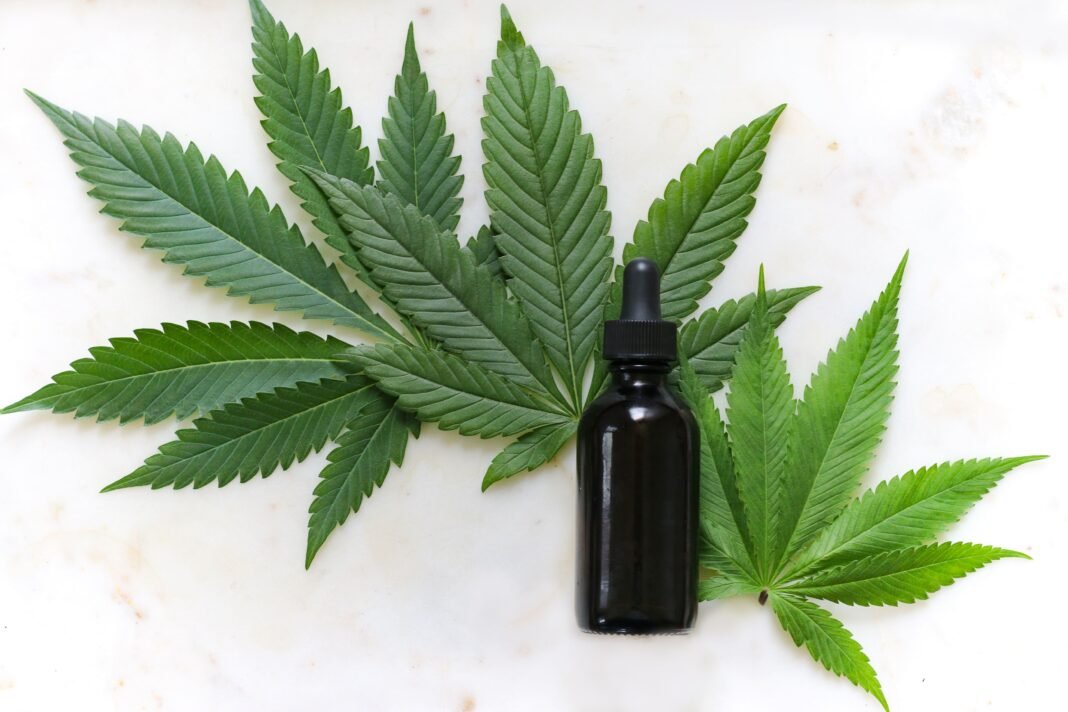Cannabis seed oil can help accelerate healing of skin wounds—a promising development that authors say indicates that “hemp seed oil may serve as a promising natural and cost-effective adjunct for wound management”—according to a new study of mice.
In a report published in Narra J journal, wounds were treated using hempseed oil and those with conventional chloramphenicol. A second group of mice received only mild saline solutions.
Authors wrote: “Results indicate superior results when compared to the chloramphenicol-based ointment.
Four-person team from Universitas Siah Kuala (University of Syiah) in Indonesia noted that it appeared there were specific parts of the healing process where hemp oil performed better than treatment with Chloramphenicol. It was comparable to the chloramphenicol during other times.
The paper states that “Hemp Seed Oil demonstrated superior efficacy in accelerating the wound size reduction when compared with chloramphenicol cream during days 14-21,” indicating its potential to be a supportive treatment for prolonged phases of wound healing. The present study found that both treatments improved the epithelialization of the wound, but the hemp seed oil showed a significant difference on the day 14. This suggests it may have a special benefit during the critical phase of healing.
Authors wrote that “hemp oil treatment significantly enhanced granulation tissue during wound healing on day 14 where it exceeded chloramphenicol.” The authors wrote that “on day 21, its effects were comparable to those of chloramphenicol.”
The hemp seed oil was found to have a significant effect on wound healing. It promoted epithelization, formation of granulation and vascularization.
The report states that “By the 14th day, hemp seed oil treatment showed denser fibre deposition and more prominent granulation tissue formation than the chloramphenicol or control groups. However, the fibers were still somewhat unorganized.” By day 21, the hemp seed treatment had the best-organized and most developed granulation tissues, which indicated a faster and more effective healing process compared with the control and chloramphenicol groups.
Results also showed that the treatment of hemp seed oils “significantly increased vascularization by day 21 with no effects observed on days 7, 3, or 14.”
“By day 21, vascularization peaked, with the hemp seed oil treatment demonstrating the most substantial vascular network compared to chloramphenicol and negative control groups,” the report says, noting that vascularization—the formation of new blood vessels—”plays a critical role in wound healing, as insufficient new blood vessel formation can result in ischemia and tissue loss.”
Authors have pointed out that the “combined action” of several compounds is likely the mechanism at play in cannabis treatment.
They wrote that “Hemp oil is a mixture of bioactive ingredients, which can each accelerate certain stages of healing.”
The polyunsaturated fats, like omega-3 and Omega-6, modulate inflammation through the regulation of pro-and anti-inflammatory production cytokines, thereby assisting in the inflammatory stage. Hemp oil contains flavonoids and terpenoids that have antioxidant properties. These reduce oxidative stresses and help repair tissue during proliferation. “Cannabinoids like cannabidiol have both anti-inflammatory effects and anti-microbial properties, which are crucial to infection control and balanced immunity responses.”
The study states that “the combined actions of these compound suggested that hemp oil could enhance wound healing by multiple pathways,” addressing the proliferative and inflammatory stages with effectiveness.
In the report, it is noted that research on “combined oils for wound healing” has also shown promise. For example, a new formulation containing sesame oil, hemp oil, wild pistachio and walnut oils showed significant improvements in burn wound contraction time and epithelialization.
It continues, “While combined formulations utilize the diverse bioactive components of multiple oils,” the contributions of the individual components remain unclear. Hemp seed oil is a simple treatment that avoids interactions between bioactive components and simplifies formulas.
This new study is part of a growing body of evidence that cannabinoids are effective in treating wounds as well as a variety of skin disorders.
One review in Pharmaceutics published last year found, for instance, that cannabis oil had “promising” benefits for healing wounds on the skin, even though product formulations needed to be improved.
Researchers from universities in India, Thailand and the United States examined how cannabis oil could reduce “reactive oxide species (ROS),” which are harmful to wound healing. The report explained that these chemicals play a “critical role” in the development of wounds by damaging cells and tissues.
The authors of the study concluded that “Cannabis oil may help reduce oxidative injury by scavenging ROS, and increasing antioxidative mechanisms. This could potentially enhance wound healing.”
Cannabis oil and its bioactive compounds, CBD, THC, show great potential to promote skin wound healing through modification of oxidative stress by regulation of reactive oxide species, they added. CBD’s antioxidant properties also help reduce the ROS effects, creating a “more conducive environment” for tissue regeneration.
In a separate research, published in early this year, it was found that CBD can be added to some skin products because of its anti-aging antioxidant properties and evidence that may help speed wound healing.
This study was published in Pharmaceuticals and concluded that CBD is not only safe for short-term use, but also has many other potential properties that could be utilized to create topical cosmetic products such as hair products, sun protection, wound healing, etc.
The study found that CBD can influence the expression of genes in the skin healing and anti-aging processes.
In a recent article in Clinical, Cosmetic and Investigational Dermatology, researchers found that an ointment containing cannabidiol and cannabigerol was effective in “reducing itching and improving quality of life,” in patients suffering from eczema, and “in some cases, leading to symptom regression.”
From May 2022 to July 20, 22 authors used the transdermal ointment as a “conventional auxiliary therapy during both flare ups and remission”. We achieved improved skin hydration and sebum levels, as well as TEWL. [water loss] As well as reduced erythema [redness] “In the areas studied (forearms)”
Another study conducted this year focused on CBD as an ingredient in dental products. The researchers found that mouthwashes with CBD combined with other botanical extracts could help promote good oral hygiene by reducing bleeding and plaque.
The authors concluded that “the available evidence indicates that CBD exerts analgesic and neuroprotective effects as well as anti-inflammatory and antioxidant properties.” This highlights its multifaceted potential.
In a paper published by the Journal of the American Academy of Dermatology in the past year, it was found that the application of CBD-infused lotion on the skin may be associated with a reduced risk of UV ray damage. 21 percent of those using the CBD cream had less skin damage than the placebo-treated control group. The damage was similar for another 47 percent, while 11 percent of those who took the CBD cream showed better results than the control group.
Benefits aren’t restricted to humans.
A separate study, published last year in the journal Frontiers in Veterinary Science, concluded that cannabis appears to be a “viable alternative” treatment option for dogs suffering from a common skin disease—especially if they experience adverse side effects from conventional steroid therapies
This study examined the effectiveness of CBD full spectrum oil in treating a dog suffering from discoid Lupus Erythematosus. The disease, which can cause hair loss, redness, and lesions in dogs, is treated using corticosteroids, and sometimes other medicines that are harmful to the dog’s liver.
A veterinarian prescribed a full-spectrum oil with a 2:1 THC:CBD ratio, which was administered orally—at first, one drop per day for three days and gradually increasing it “until the optimal dose for symptom control was identified.”
The study stated that “within a couple of weeks the dog showed significant improvements in skin signs and liver function.” The owner of the dog reported an improvement to the behavior within a day after receiving cannabis oil and shortly after stopping prednisolone.
Kimzy Nanney is the photographer.




